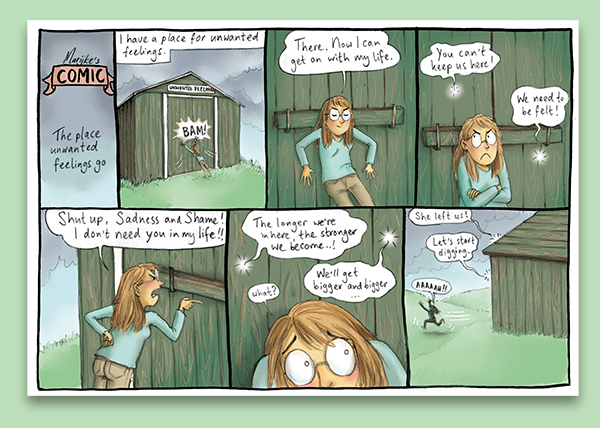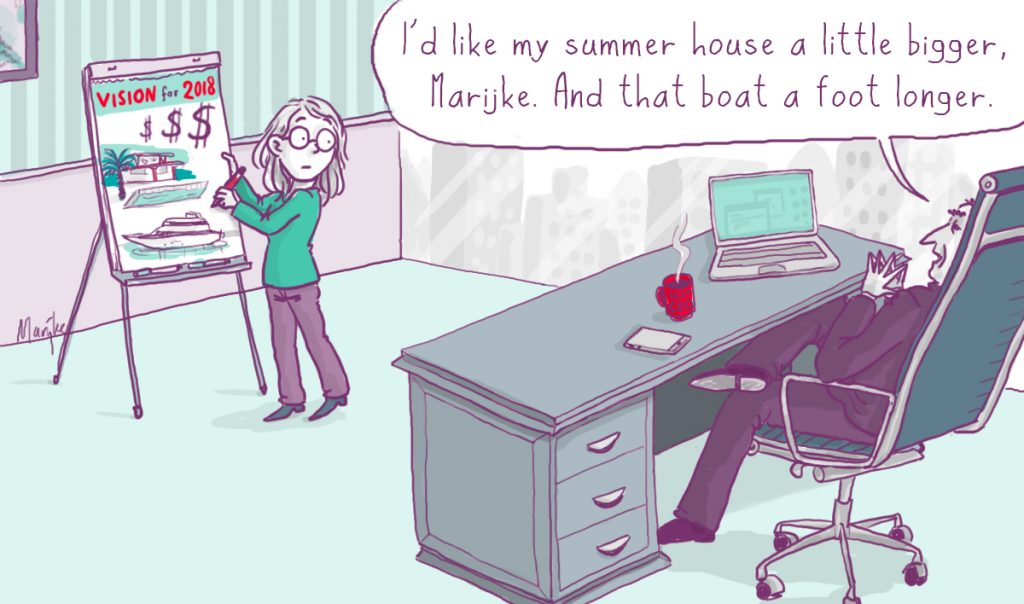
To what end do we exist? Most organizations have a melodious answer: the company vision or mission. It's good for all who work there to know what is the shared identity, towards what goal you work and which values are shared.
From time to time you need to recalibrate this, preferably with each other. Do we still speak the same language? The same visual language too? Sometimes I'm asked to join as a business illustrator. Because when you are looking to capture your vision in images, it has to become specific.
More...
What is your goal?
The way to do this, thinking in images, is eloquently shown in Willemien Brand's book Visual Thinking. If you ask me a standard work on making the abstract visual. Like management, policy and administrative tasks.
Get to work yourself: it's fun to do. Brand's book is filled with examples for you to make the translation to images. She shows how to get to a 'vision board' in sketches so your goals and vision become more tangible. That way you can sharpen your own focus.
These four questions bring you closer to your strategic goals:
1. What do you really like?
2. What does this world need?
3. What are you good at?
4. With what can you make money?
The intersection of your answers is your compass.
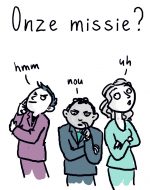

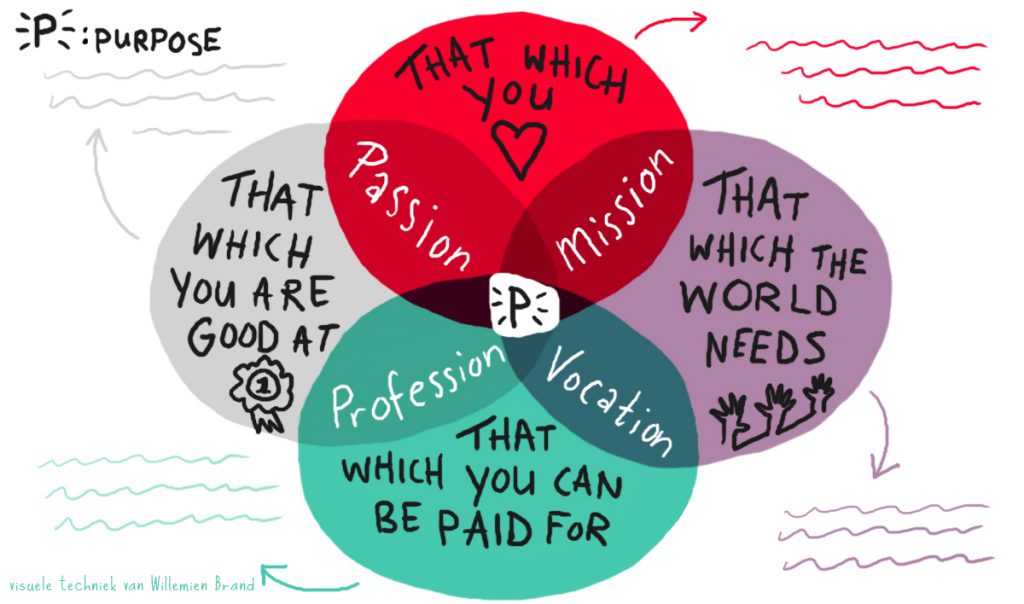
Plane or boat?
If I am involved with a brainstorm on a vision, I look for a fitting metaphor together with the client. Slowly but surely an image forms itself in my mind.
Managers often use the metaphor of 'being on route'. I then check with questions: 'Where are you going? How long is the road? Is it a bumpy ride? Are you taking the boat, a plane or the car?'
That way I start sketching in practical terms - and the participants get to call suggestions. With their own visual language they have a direct influence on their shared vision. 'Alright, so it's through Europe by car. But what kind of car? A taxi or a limo? A bus or a VW-beetle?'
From the sketches I draw the essence of the brainstorm. The dot on the horizon becomes true destination. Usually I work out two metaphors to see which one is the best choice. One drawing can sometimes contain so much information that it is better to summarize in two drawings.
Usually my visual story makes the mission and targets of the organization a lot clearer for the employees. That way everyone can work with a fresh way of looking at it.
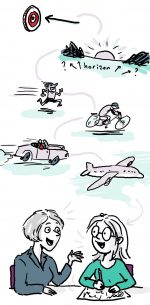
Blooming flowers
Developing a vision for an organization is not my bag. My strength is to translate words and meaning to images. A college in The Netherlands asked me to visualize what 'personalized learning' really means in their education practice.
Parents were afraid students would get to do whatever they wanted. But Wellantcollege offers flexible education, tailored to the potential of the student. One develops really fast in a straight line, the other develops jerkily on various levels. Teachers of Wellantcollege help where and when necessary so it differs per student.
Because it's a green school (they train for jobs like landscaper, green tech or vet tech), I presented the students as versatile flowers and the teachers as gardeners. Some flowers are close together, others rather work alone. One has Miracle-Gro, the other a pole for support. One has multiple flowers, the other one huge one.
Dreamy stories? Grab a pen and make them real!

Detail from the visual for Wellantcollege

